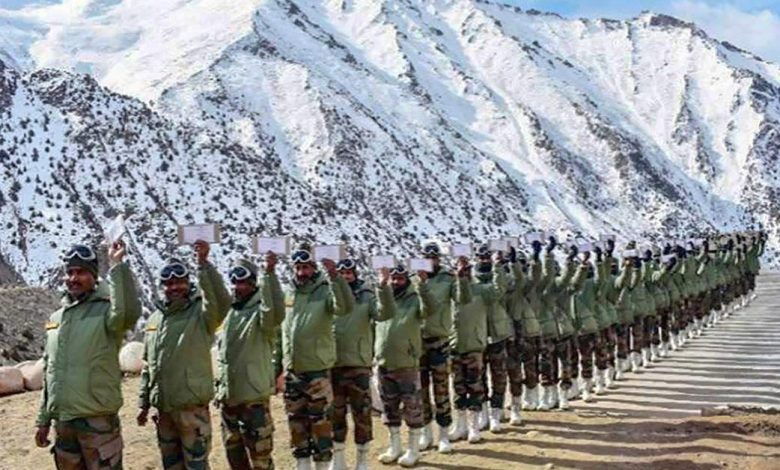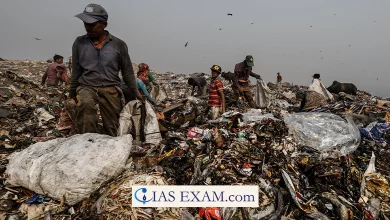
Context- June-August 2023 imprints the sapphire jubilee of a very important event in the history of the exploration of the Siachen glacier.
Key Highlights
- According to the Karachi ceasefire agreement of 1949, the last mutually demarcated point between India and Pakistan and the point at which the Line of Control of the Simla Agreement ends is the grid reference point NJ 9842.
- Twenty-five years later, Pakistan extended the Line of Control all the way to Karakoram Pass, triggering a series of events that eventually led to India’s occupation of Saltoro Heights in 1984.
- This occasion is of verifiable and geostrategic importance as it settles all legends such that Pakistan was in charge of the glacier starting from the start.
The First Siachen Survey
- In June 1958, V. K. Raina, a top Indian geologist, drove the first geological survey ofthe Siachen glacial mass. It would later become a source of contention between India and Pakistan, and the Indian military launched Operation Meghdoot there in 1984.
- 1958 was a significant year for geologists all around the world as it was commended as the Global Geophysical Year.
- According to V.K. Raina, the glacier’s snout was at the time a jumbled mass of practically inaccessible ice with a concave side facing the front or downstream and an arc-like depression toward the center.
- This was the GSI’s first official Indian survey of the Siachen glacier after 1947, and it was done as part of its commitments to the International Geophysical Year.
Pakistan’s Reaction
- Regardless of the endeavor’s importance and exposure, Pakistan stopped no fights or complaints against India’s presence on the glacier during the review.
- The mutual demarcation under the Karachi ceasefire agreement and the absence of perceived threats or intentions to occupy are to blame for the lack of objections.
Operation Meghdoot
- Pakistan was first to see the capability of this decisively significant vacant region. However, it only sent mountaineering expeditions to the glaciers and did not send troops until 1970.
- Col. Narinder Bull Kumar of the Indian Army raised the alarm about Pakistan’s expeditions in the area at the beginning of 1981.
- Under the cover of Operation Meghdoot, India urgently sent troops to Siachen in April 1984. Indian soldiers arrived at the glacial mass seven days sooner than Pakistan.
Siachen
- The Siachen glacier is an ice sheet situated in the eastern Karakoram range in the Himalayas.
- It is only upper east of the point NJ9842 where the Line of Control among India and Pakistan closes.
- It is the second-longest glacier in non-polar regions of the world and the longest in Karakoram.
- It tumbles from an elevation of 5,753 above ocean level at its head at Indira Col on the India-China line.
What is Siachen’s significance?
- The Siachen Glacier divides Central Asia from the Indian subcontinent, and isolates Pakistan from China in the region.
- The Saltoro Edge of the Siachen glacier fills in as a gap that forestalls direct connecting of PoK with China, preventing them from creating geological military linkages nearby.
- India uses Siachen as a watchtower to closely monitor Pakistan’s Gilgit and Baltistan regions.
- Because of its command over Saltoro Edge, India is better positioned to figure out a deal while resolving two-sided regional questions with Pakistan later on.
- Siachen likewise assists India with keeping a nearby watch on China ‘s exercises as Beijing has tremendously worked on its framework around here. China has fostered all weather conditions rail and street joins in the Shaksgam district, which was surrendered to China by Pakistan during the 1960s.
Challenges in Protecting Siachen
- Unfavorable environmental conditions like temperature in winters drop to -6°C.
- Constant dangers of avalanches, crevasses on the glacier, high-speed winds.
- Frostbite, hypoxia, hypothermia, and white outs are among the fatal altitude-related ailments that affect soldiers stationed in the area.





.png)



